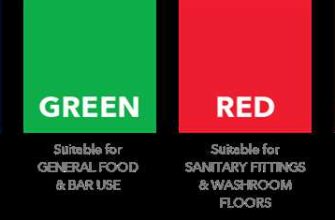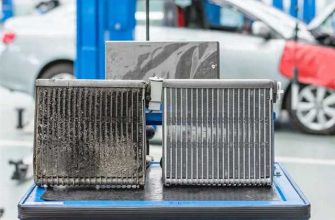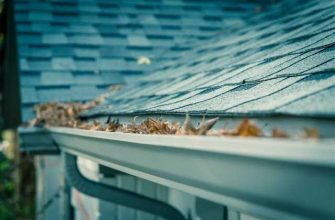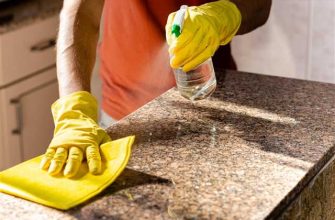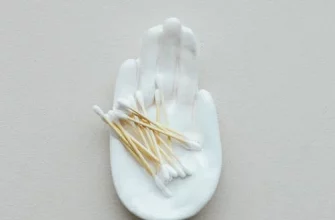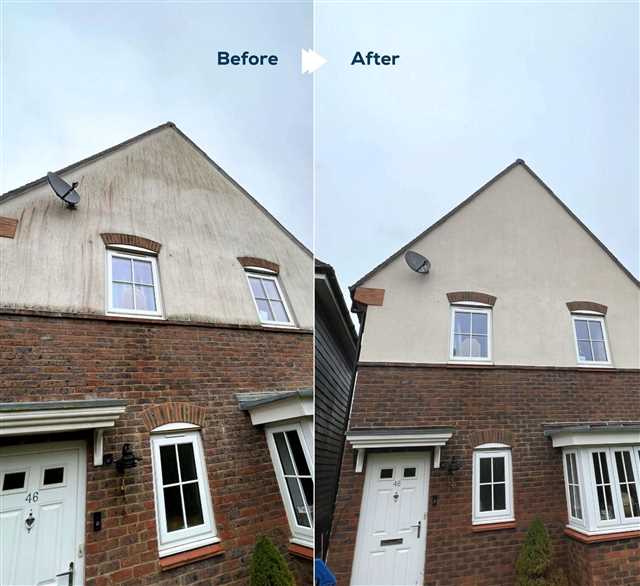
If you’re a homeowner like me, you know how important it is to keep your external walls looking clean and well-maintained. One popular choice for external rendering is K Rend, known for its durability and weather-resistant properties. However, over time, K Rend can become dirty and covered in algae, making your walls lose their original beauty. That’s why it’s essential to know the best techniques and products to clean and restore your K Rend to its former glory.
So, what is the best way to clean K Rend and remove algae? Well, there are a few methods you can try. One option is to use a specific K Rend cleaner, like the K Rend Cleaner B&Q, which is specifically designed for cleaning and restoring K Rend surfaces. Another alternative is to use a bleach solution, mixed with water, to remove algae and stains. However, be careful when using bleach, as it can be harsh on the render if not diluted properly, and it can harm surrounding plants and grass.
Before you start cleaning your K Rend, it’s important to understand the dos and don’ts. First and foremost, always read and follow the manufacturer’s instructions on any cleaning products you use. Additionally, avoid using high-pressure water or abrasive cleaning tools, as they can damage the render. Instead, use a soft brush or sponge to gently scrub the surface.
Now, let’s talk about the steps you can take to effectively clean K Rend. First, start by removing any loose dirt or debris from the surface manually. Next, prepare your chosen cleaning solution, whether it’s a specific K Rend cleaner or a bleach solution. Apply the solution to the K Rend surface and let it sit for a few minutes to loosen any algae or stains. Then, use your soft brush or sponge to gently scrub the surface in circular motions, paying extra attention to areas with stubborn stains or algae. Finally, rinse the surface thoroughly with clean water to remove any remaining cleaning solution.
Overall, cleaning K Rend doesn’t have to be a daunting task. With the right products and techniques, you can effectively remove algae and stains, restoring your K Rend to its original beauty. Remember to always follow the manufacturer’s instructions, use gentle cleaning tools, and take proper precautions to protect surrounding areas.
How to Clean External Rendering
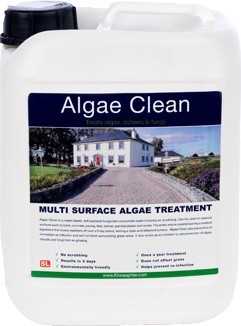
When it comes to cleaning external rendering, it is important to use the right methods and products to ensure the best results. Here are some tips on how to effectively clean and restore the beauty of your external rendering:
- Assess the condition of the rendering? Before you start cleaning, it is important to assess the condition of the rendering. Check for any cracks, stains, or areas that need repairs. This will help you determine the best course of action and the products you need to use.
- Decide on the best k rend cleaner: There are various k rend cleaners available in the market. Choose a cleaner that is specifically designed for cleaning external rendering. Read the instructions carefully and follow them to achieve the best results.
- Prepare the cleaning solution: In most cases, a mixture of bleach and water works best for cleaning k rend. Mix one part bleach with three parts water in a bucket. Make sure to wear protective gloves and goggles when handling bleach.
- Test the cleaning solution: Before applying the cleaning solution to the entire rendering, it is recommended to test it on a small, inconspicuous area. This will help you determine if the solution is safe to use and will not cause any damage to the rendering.
- Clean the rendering: Once you have tested the cleaning solution, you can start applying it to the rendering. Use a soft brush or sponge to apply the solution in a circular motion. Work in small sections to ensure that the solution is evenly applied.
- Remove stains or algae: If there are any stubborn stains or algae on the rendering, you may need to use a more concentrated solution or a specialized cleaner. Follow the instructions on the cleaner and use it to remove the stains or algae.
- Rinse the rendering: After cleaning, it is important to rinse the rendering thoroughly to remove any residue or cleaning solution. You can use a hose or pressure washer to rinse the rendering. Make sure to rinse from top to bottom to prevent streaks.
- Final touches: Once the rendering is clean and dry, inspect it for any areas that may need touch-ups or repairs. If necessary, you can apply a fresh coat of render to restore the original beauty of the surface.
Remember, proper cleaning and maintenance of external rendering can help prolong its lifespan and keep it looking its best. Regular cleaning is recommended to prevent the buildup of dirt, algae, and stains. By following these steps and using the right products, you can effectively clean and restore your external rendering to its original beauty.
How to Clean Render by Hand
Cleaning stains off K Rend can be a daunting task, but with the right approach, you can restore its original beauty. In this guide, we will show you how to clean render by hand using the best techniques and products available.
What You Will Need
- K Rend cleaner (such as K Rend Cleaner Screwfix)
- Bleach
- Water
- A soft-bristle brush or sponge
- Protective gloves and goggles
Steps to Clean Render by Hand
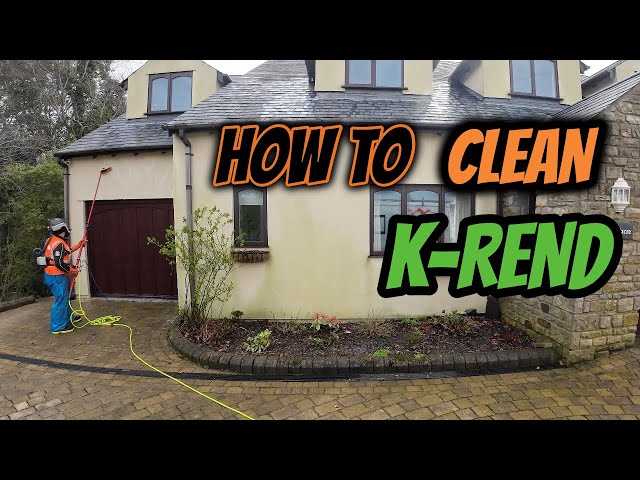
- Start by preparing the cleaning solution. In a bucket, mix equal parts of water and K Rend cleaner. You can also add a small amount of bleach for tougher stains, but be cautious as bleach may discolor the render.
- Put on your protective gloves and goggles to protect your hands and eyes from the cleaning solution.
- Dampen the affected area of the render with water using a hose or spray bottle.
- Apply the cleaning solution to the dampened area using a soft-bristle brush or sponge. Work in small sections, scrubbing gently in a circular motion.
- Leave the cleaning solution on the render for a few minutes to allow it to penetrate and loosen the dirt and stains.
- Rinse off the cleaning solution with clean water. Use a hose or bucket of water to thoroughly rinse off the area.
- Repeat the process if necessary, especially for stubborn stains.
- Once the render is clean, leave it to dry naturally. Avoid using a pressure washer as it can damage the render surface.
Cleaning K Rend by hand is a cost-effective and safe method to restore the beauty of your render. Remember to always follow the instructions provided by the K Rend manufacturer and test any cleaning products on a small, inconspicuous area first to ensure compatibility and to avoid any potential damage.
Using Bleach on K Render: Dos and Don’ts
Bleach can be an effective solution for cleaning K Render and removing algae and stains. However, it is important to follow the proper instructions and take certain precautions to ensure the best results and avoid any damage. Here are some dos and don’ts when using bleach on K Render:
Do:
- Read and follow the manufacturer’s instructions on the bleach bottle for the correct dilution ratio and application method.
- Wear protective clothing, rubber gloves, and eye goggles to prevent any skin or eye irritation.
- Test a small, inconspicuous area of the K Render with the diluted bleach solution to check for any adverse reactions or discoloration.
- Apply the diluted bleach solution onto the affected areas of the K Render using a sponge, brush, or low-pressure sprayer.
- Allow the bleach solution to sit on the K Render for the recommended amount of time to properly kill the algae and break down the stains.
- Rinse off the K Render thoroughly with clean water after the specified contact time to remove any residue.
- Consider using a K Render cleaner specifically designed for use with bleach to enhance the cleaning process.
Don’t:
- Use undiluted bleach directly on the K Render, as this can cause damage and discoloration.
- Apply bleach in direct sunlight, as it can dry too quickly and reduce its effectiveness.
- Overuse bleach by applying it more frequently than recommended, as this can lead to excessive drying and potential damage to the K Render surface.
- Use bleach on colored or tinted K Render, as it may cause fading or discoloration.
- Forget to protect nearby plants, grass, and other delicate surfaces from the bleach solution, as it can harm them.
Following these dos and don’ts will help you effectively clean your K Render using bleach, restoring its original beauty without causing any harm or damage. Remember to always exercise caution and seek professional advice if you are unsure about the best approach for your specific K Render cleaning needs.
The Best Cleaning Methods for K Render
One of the most effective ways to clean K Render and restore its original beauty is by using a K Render cleaner. This specially formulated cleaner is designed to remove algae, dirt, and stains from the surface of the render, leaving it looking fresh and new.
When using a K Render cleaner, it is important to follow the instructions provided by the manufacturer. Typically, you will dilute the cleaner with water and apply it to the surface of the render using a soft brush or sponge. Allow the cleaner to sit on the surface for a few minutes, then rinse it off with water.
If you are dealing with tough algae stains on your K Render, you may need to use bleach. Before applying bleach to the render, make sure to wear protective gloves and goggles to avoid any contact with your skin or eyes.
To clean your K Render with bleach, simply mix a solution of bleach and water. Apply the solution to the stained areas using a soft brush or sponge and let it sit for about 15 minutes. Afterward, rinse the area thoroughly with water to remove the bleach.
It is important to note that bleach should only be used as a last resort, as it can damage the render if not used correctly. Additionally, it is always recommended to test a small, inconspicuous area of the render before applying any cleaning solution to the entire surface.
If you prefer not to use a chemical cleaner like bleach, you can try cleaning your K Render by hand. This method involves using a soft brush or sponge and warm soapy water to gently scrub away any dirt or algae on the surface of the render. Rinse the area with water to remove any soap residue.
When cleaning stains off your K Render, it is important to remember that prevention is key. Regular maintenance and cleaning can help prevent the buildup of dirt and algae, keeping your render looking its best for longer.
If you are unsure about the best K Render cleaner to use or how to clean your render properly, it is recommended to consult with a professional cleaning service or the manufacturer of your render for specific instructions.
In conclusion, there are several effective methods for cleaning K Render, including using a K Render cleaner, using bleach (with caution), cleaning by hand with warm soapy water, and regular maintenance to prevent stains and algae buildup. Choose the method that works best for you and enjoy a clean and beautiful K Render exterior for years to come.

